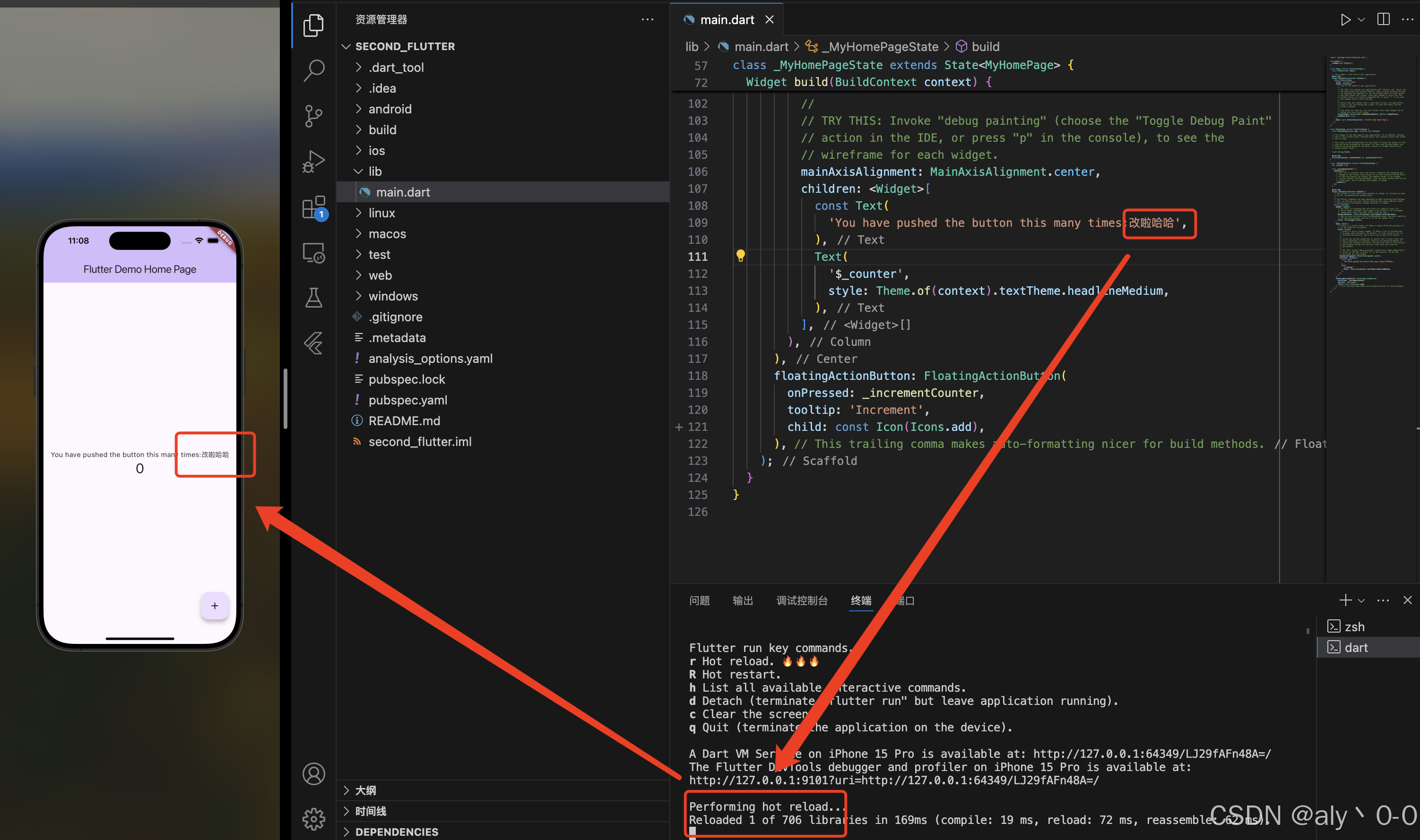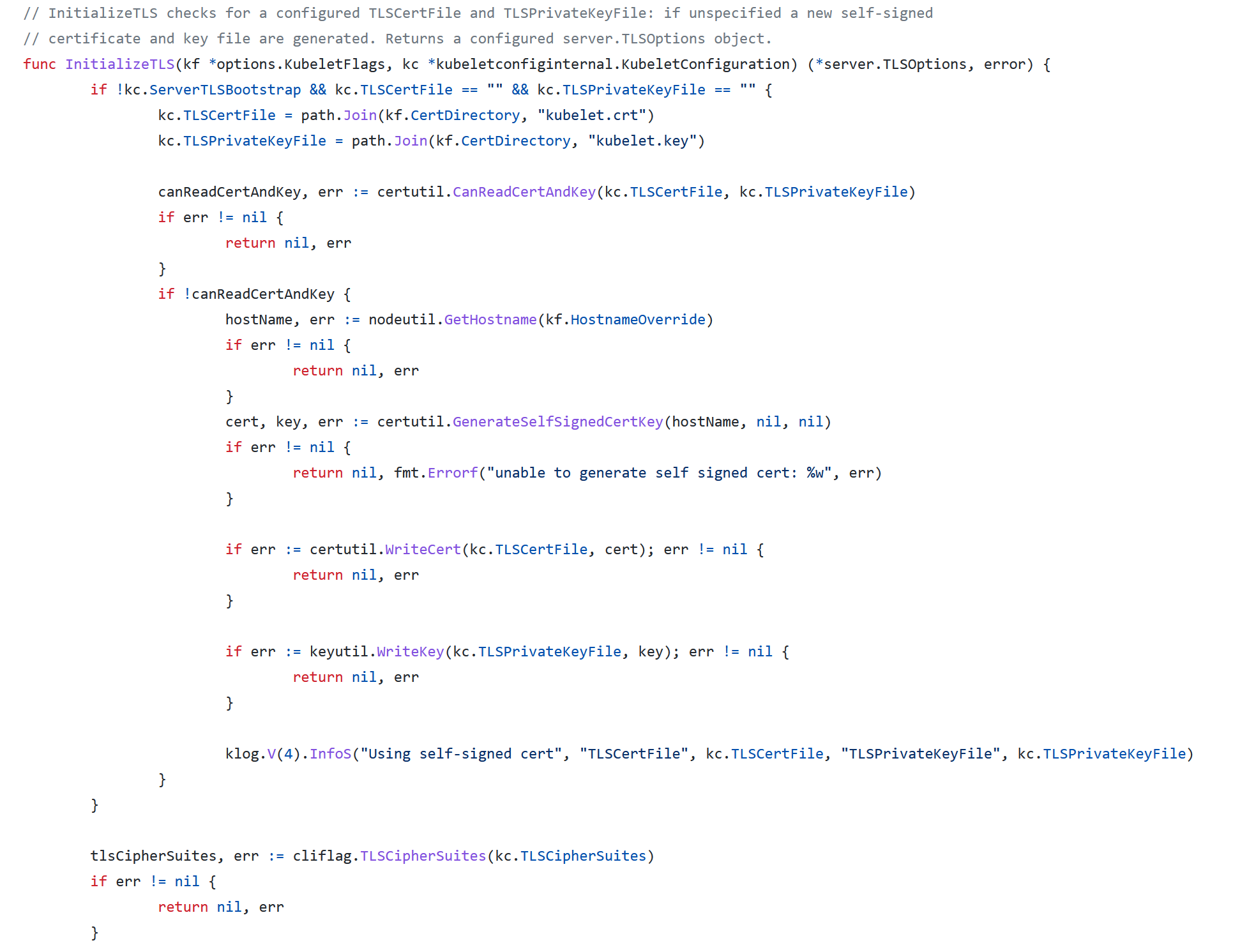主要内容包括:
Stationary wavelet Transform (translation invariant)
Haar wavelet
Hard thresholding of detail coefficients
Universal threshold
High-pass filtering by zero-ing approximation coefficients from a 5-level decomposition of a 16Khz sampling freq.
import numpy as np
import os
from scipy.signal import detrend
from sklearn.preprocessing import MinMaxScaler
from pywt import Wavelet, threshold, wavedec, waverec
import pywt
from matplotlib import pyplot as plt
from scipy import signalCreate custom functions
def NearestEvenInteger(n):"""! Returns the nearest even integer to number n.@param n Input number for which one requires the nearest even integer@return The even nearest integer to the input number"""if n % 2 == 0:res = nelse:res = n - 1return resdef std(trace, nlevel=5):"""Estimates the standard deviation of the input trace for rescalingthe Wavelet's coefficients.ReturnsStandard deviation of the input trace as (1D ndarray)"""sigma = np.array([1.4825 * np.median(np.abs(trace[i])) for i in range(nlevel)])return sigmadef mad(x):"""Mean absolute deviation"""return 1.482579 * np.median(np.abs(x - np.median(x)))def get_universal_threshold(trace):num_samples = len(trace)sd = mad(trace)return sd * np.sqrt(2 * np.log(num_samples))def get_han_threshold(trace: np.array, sigma: np.array, coeffs: np.array, nlevels: int):# count samplesnum_samples = len(trace)# han et al thresholddetails_threshs = np.array([np.nan] * len(coeffs[1:]))# threshold for first detail coeff d_i=0details_threshs[0] = sigma[1] * np.sqrt(2 * np.log(num_samples))# threshold from 1 < d_i < NLEVELSfor d_i in range(1, nlevels - 1):details_threshs[d_i] = (sigma[d_i] * np.sqrt(2 * np.log(num_samples))) / np.log(d_i + 1)# threhsold for d_i = nlevelsdetails_threshs[nlevels - 1] = (sigma[nlevels - 1] * np.sqrt(2 * np.log(num_samples))) / np.sqrt(nlevels - 1)return details_threshsdef determine_threshold(trace: np.array,threshold: str = "han",sigma: np.array = None,coeffs: np.array = None,nlevels: int = None,
):if threshold == "universal":thr = get_universal_threshold(trace)elif threshold == "han":thr = get_han_threshold(trace, sigma, coeffs, nlevels)else:raise NotImplementedError("Choose an implemented threshold!")return thrLoad Quiroga's dataset
# download simulated dataset 01
!curl -o ../dataset/data_01.txt http://www.spikesorting.com/Data/Sites/1/download/simdata/Quiroga/01%20Example%201%20-%200-05/data_01.txt# get project path
os.chdir("../")
proj_path = os.getcwd()
% Total % Received % Xferd Average Speed Time Time Time CurrentDload Upload Total Spent Left Speed
0 0 0 0 0 0 0 0 --:--:-- --:--:-- --:--:-- 0100 37.0M 100 37.0M 0 0 26.1M 0 0:00:01 0:00:01 --:--:-- 26.1M# dataset parametersSFREQ = 16000nyquist = SFREQ / 2
# load datasettrace_01 = np.loadtxt(proj_path + "/dataset/data_01.txt")tmp_trace = trace_01.copy()# describeduration_secs = len(tmp_trace) / SFREQnum_samples = len(tmp_trace)print("duration:", duration_secs, "secs")print("number of samples:", num_samples)tmp_trace
duration: 90.0 secs
number of samples: 1440000array([-0.05265172, -0.03124187, -0.00282162, ..., 0.01798155,
0.01678863, 0.0119459 ])1. Parametrize
# TODO:# - implement Han et al., threshold# - clear approximation thresholdWAVELET = "haar"NLEVEL = 5THRESH = "han" # "universal"THRESH_METHOD = "hard" # 'soft'RECON_MODE = "zero" # 'smooth', "symmetric", "antisymmetric", "zero", "constant", "periodic", "reflect",# calculate cutoff frequencyfreq_cutoff = nyquist / 2**NLEVEL # cutoff frequency (the max of lowest freq. band)print("Cutoff frequency for high-pass filtering :", freq_cutoff, "Hz")
2. Preprocess# detrenddetrended = detrend(tmp_trace)# normalize datascaler = MinMaxScaler(feature_range=(0, 1), copy=True)detrended = scaler.fit_transform(detrended.reshape(-1, 1))[:, 0]normalized = detrended.copy()
3. Wavelet transform
# find the nearest even integer to input signal's lengthsize = NearestEvenInteger(normalized.shape[0])# initialize filterwavelet = Wavelet(WAVELET)# compute Wavelet coefficients# coeffs = wavedec(normalized[:size], wavelet, level=NLEVEL)# translation-invariance modification of the Discrete Wavelet Transform# that does not decimate coefficients at every transformation level.coeffs = pywt.swt(normalized[:size], wavelet, level=NLEVEL, trim_approx=True)coeffs_raw = coeffs.copy()# print approximation and details coefficientsprint("approximation coefficients:", coeffs_raw[0])print("details coefficients:", coeffs_raw[1:])approximation coefficients: [2.83647772 2.84106911 2.84452235 ... 2.83109023 2.83292184 2.83465441]
details coefficients: [array([-0.00950856, -0.00603211, -0.00248562, ..., -0.01120825,-0.0104237 , -0.00988739]), array([-0.01276296, 0.00053794, 0.0101203 , ..., -0.03684457,-0.03087185, -0.02255869]), array([-0.0351023 , -0.02894606, -0.01932213, ..., -0.00506488,-0.019433 , -0.0299413 ]), array([-0.01386091, -0.01500663, -0.01406618, ..., 0.00959663,0.01430558, -0.00087641]), array([-0.00386154, -0.00512596, -0.00548882, ..., 0.00021516,0.00087345, 0.01160962])]4. Denoise
THRESH = "han"# estimate the wavelet coefficients standard deviations
sigma = std(coeffs[1:], nlevel=NLEVEL)# determine the thresholds of the coefficients per level ('universal')
# threshs = [
# determine_threshold(
# trace=coeffs[1 + level] / sigma[level],
# threshold=THRESH,
# sigma=sigma,
# coeffs=coeffs,
# nlevels=NLEVEL,
# )
# * sigma[level]
# for level in range(NLEVEL)
# ]# determine the thresholds of the coefficients per level ('han')
threshs = get_han_threshold(trace=tmp_trace,sigma=sigma,coeffs=coeffs,nlevels=NLEVEL,
)# a list of 5 thresholds for "universal"
# apply the thresholds to the detail coeffs
coeffs[1:] = [threshold(coeff_i, value=threshs[i], mode=THRESH_METHOD)for i, coeff_i in enumerate(coeffs[1:])
]
# reconstruct and reverse normalize
# denoised_trace = waverec(coeffs, filter, mode=RECON_MODE)
# denoised_trace = scaler.inverse_transform(denoised_trace.reshape(-1, 1))[:, 0]# reconstruct and reverse normalize
denoised_trace = pywt.iswt(coeffs, wavelet)
denoised_trace = scaler.inverse_transform(denoised_trace.reshape(-1, 1))[:, 0]5. High-pass filter
# clear approximation coefficients (set to 0)
coeffs[0] = np.zeros(len(coeffs[0]))# sanity check
assert sum(coeffs[0]) == 0, "not cleared"6. Reconstruct trace
# reconstruct and reverse normalize
# denoised_trace = waverec(coeffs, filter, mode=RECON_MODE)
# denoised_trace = scaler.inverse_transform(denoised_trace.reshape(-1, 1))[:, 0]# reconstruct and reverse normalize
denoised_trace = pywt.iswt(coeffs, wavelet)
denoised_trace = scaler.inverse_transform(denoised_trace.reshape(-1, 1))[:, 0]Plot
fig = plt.figure(figsize=(10, 5))# raw
ax = fig.add_subplot(211)
ax.plot(tmp_trace[200:800])
ax.set_title("Raw signal")# denoised
ax = fig.add_subplot(212)
ax.plot(denoised_trace[200:800])
ax.set_title("Denoised signal")plt.tight_layout()
Power spectrum
fs = 16e3 # 16 KHz sampling frequencyfig, axes = plt.subplots(1, 2, figsize=(10, 3))# Welch method
freqs, powers = signal.welch(tmp_trace, fs, nperseg=1024)
axes[0].plot(freqs, powers)
axes[0].semilogy(basex=10)
axes[0].semilogx(basey=10)
axes[0].set_xlabel("frequency [Hz]")
axes[0].set_ylabel("PSD [V**2/Hz]")# Welch method
freqs, powers = signal.welch(denoised_trace, fs, nperseg=1024)
axes[1].plot(freqs, powers)
axes[1].semilogy(basex=10)
axes[1].semilogx(basey=10)
axes[1].set_ylim([1e-12, 1e-4])
axes[1].set_xlabel("frequency [Hz]")
axes[1].set_ylabel("PSD [V**2/Hz]")plt.tight_layout()
擅长领域:现代信号处理,机器学习,深度学习,数字孪生,时间序列分析,设备缺陷检测、设备异常检测、设备智能故障诊断与健康管理PHM等。
知乎学术咨询:https://www.zhihu.com/consult/people/792359672131756032?isMe=1
擅长领域:现代信号处理,机器学习,深度学习,数字孪生,时间序列分析,设备缺陷检测、设备异常检测、设备智能故障诊断与健康管理PHM等。
擅长领域:现代信号处理,机器学习,深度学习,数字孪生,时间序列分析,设备缺陷检测、设备异常检测、设备智能故障诊断与健康管理PHM等。

![[Spring] Spring Web MVC基础理论](https://i-blog.csdnimg.cn/direct/e25efd1e5b60426dbaa51f3db4ad9d59.png)

















